Carvell Robinson says he has lived with his parents in Englewood for a year and has grown accustomed to the negative attention the neighborhood receives.
“Oh, it’s as bad as they say it is,” said Robinson, 20. “I’m not allowed to go out after dark. My mom thinks of any excuse to keep me inside.”
One night while walking with a family member, Robinson said he had glass bottles thrown at him because of the way he was dressed.
He said, “The upbringing of the people here makes them act a certain way.”
Robinson was one of a handful of residents who said Monday they were concerned about crime and safety in Englewood. Many agreed that the neighborhood is dangerous after dark and crime is a steady occurrence in Englewood.
According to the Chicago Police Department, Englewood had six murders, 99 robberies, 94 motor vehicle thefts and 11 criminal sexual assaults in the first two months of 2013.
During the same period, the South Loop had one murder, 40 robberies, 28 motor vehicle thefts and two criminal sexual assaults reported to the Chicago Police Department.
Robinson said the undesirable physical appearance of Englewood only makes the neighborhood’s image seem worse. The vacant, trash-filled lots and foreclosed homes “breed crime,” according to a Chicago Tribune article written in 2011.
The article also referred to the Greater Englewood area as “ground zero for the foreclosure crisis.”
Two years later, home foreclosures continue to be a problem in Englewood. In the first two months of 2013, there have already been 10 foreclosures according to the website chicago.blockshopper.com.
The South Loop, the website said, had only three foreclosures in the past two months.
Another Englewood resident, Robert Dixon, said poverty is the reason behind the neighborhood’s high crime rate.
“”If you don’t have a way to feed your family, you gotta do what you gotta do,” he said.
Dixon, 38, also said the city’s summer jobs program ended, so young people do not have the opportunity to get work experience.
“Let’s look at what’s been taken from the neighborhood,” he said. “The city says there’s no money for programs. I don’t believe that.”
Mayor Rahm Emanuel recently allocated $4.5 million for summer jobs, counseling and recreation programs to give “at-risk” teenagers an alternative to violence, the Chicago Sun-Times reported this month.
Natalie Moore, a reporter for WBEZ’s South Side Bureau in Englewood, voiced the same concerns as many residents.
She also said that drugs are prominent in Englewood, but that issue, as well as segregation and poverty, is not talked about. These factors, she said, are the reasons crime in Englewood is high.
“Murder happens in under resourced areas,” said Moore. “The unemployment level is so high. There are no jobs in this neighborhood.”
Moore also said that most of the conflict in Englewood is interpersonal and that violence usually stems from gambling debt, drugs, and women.
“Most people who kill each other know each other,” she said.
But some who were interviewed, like Juandalyn Holland, said they were frustrated with the negative publicity the neighborhood has received.
Holland is executive director of Teamwork Englewood, an agency that helps felons find jobs, earn a high school diploma or start college.
Teamwork Englewood also has a mentoring program for young men called the African-American Male Initiative, as well as a mentoring program for young women called Golden Nugget Girls Leadership Program.
“I’m trying to highlight the good things that are going on here,” Holland said. “This neighborhood strives to be quality and lucrative. Englewood is coming up. There is no way to go but up. There are many people here who are very strong and vital.”
According to the 2010 Demographic Profile by the U.S. Census Bureau, the population of Englewood is 35,912. The racial makeup of the neighborhood is 97.9 percent African-American, 0.6 percent Caucasian and 1.5 percent other.
The 2007-2011 American Community Survey 5-Year Estimates indicate that 45.5 percent of the individuals within the Englewood area are below the poverty level. The median household income is $19,692.
Englewood is located on the South Side of Chicago in the 7th District. It is west of the Dan Ryan Expressway, north of 63rd Street, east of Racine Street and south of West Garfield Boulevard.
According to the Encyclopedia of Chicago, the neighborhood was an oak forest before 1850. The crossing of several railroad lines, known as Junction Grove, brought German and Irish workers to Englewood.
Although the 1920s were a time of great population increase in Englewood, dying business and public works projects such as the Dan Ryan Expressway led to the abandonment of Englewood.
From 1960 to 1990, the population of the neighborhood decreased by 49,161 people according to the Census Bureau.
“It’s rough around there,” said Nikki Williams, 21.
“ There are gangbangers, killings, shootings. You never know when you’re going to be in a gunfight. You could get shot getting off a bus. You never know when you’re going to die.”
Related articles
 R.A.G.E. invites Greater Englewood Village to meeting at Ogden Park(chicagotalks.org)
R.A.G.E. invites Greater Englewood Village to meeting at Ogden Park(chicagotalks.org)
 Englewood residents demand council slow sale of lots to railroad(suntimes.com)
Englewood residents demand council slow sale of lots to railroad(suntimes.com)


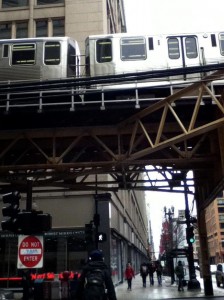


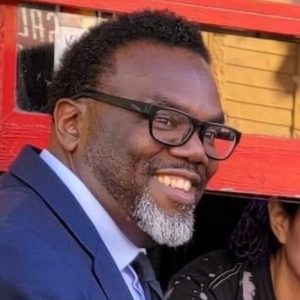


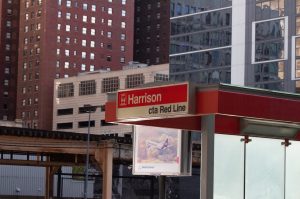
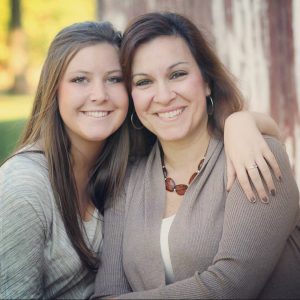
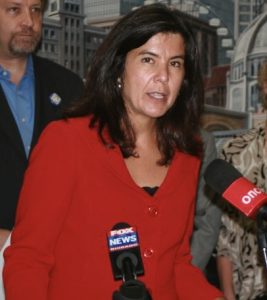
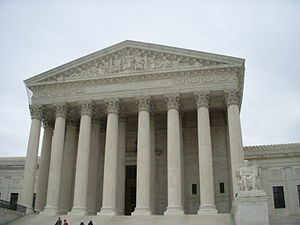

Be First to Comment